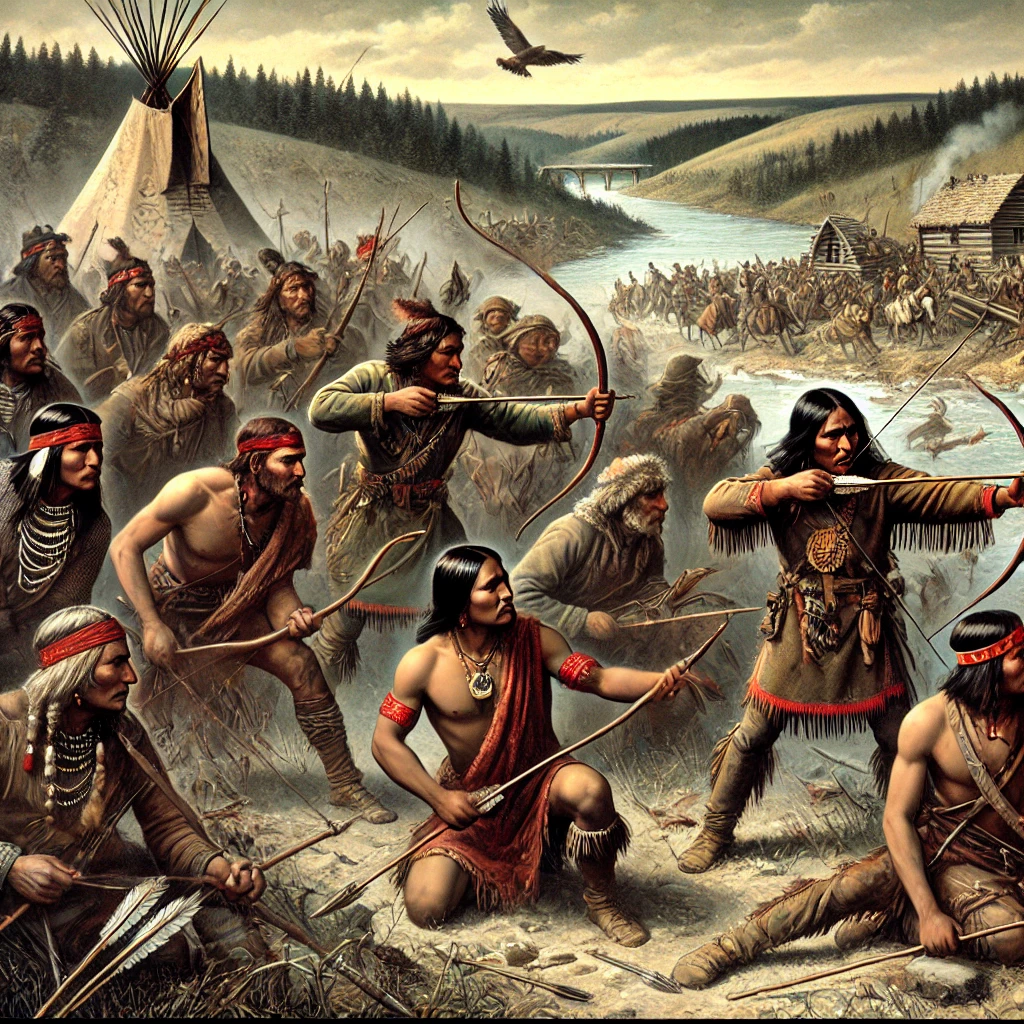On August 17, 1862, the Dakota Uprising, also known as the Dakota War of 1862, began in Minnesota. This conflict was a result of growing tensions between the Dakota Sioux people and the U.S. government. The Dakota had faced significant hardships due to broken treaties, encroachments on their land, and delayed payments promised under the treaties. The situation had reached a boiling point as the Dakota people, facing starvation and dire poverty, decided to take up arms against the settlers and authorities.
The uprising was sparked by a series of skirmishes and attacks on settlements in the Minnesota River Valley. The initial confrontations were a desperate attempt by the Dakota to assert their rights and respond to the injustices they had suffered. The rebellion quickly escalated as the Dakota forces, led by prominent leaders such as Little Crow, began to target military outposts, settlers, and supply trains.

The Course of the Uprising
The Dakota Uprising resulted in a series of intense battles and raids. The conflict saw significant violence and destruction, with numerous casualties on both sides. The Dakota forces managed to achieve several early successes, capturing towns and inflicting casualties on the settlers. However, the uprising soon faced fierce resistance from U.S. military forces and local militia.
The U.S. government responded with a large-scale military campaign to suppress the rebellion. The conflict culminated in a series of battles and skirmishes, ultimately leading to the defeat of the Dakota forces. By the end of September 1862, the U.S. government had effectively quelled the uprising, leading to the capture and trial of many Dakota leaders. The aftermath saw the forced removal of the Dakota people from their ancestral lands and significant changes to their way of life.

The Aftermath and Legacy
The Dakota Uprising had a profound impact on the Dakota Sioux people and the state of Minnesota. The aftermath of the conflict was marked by harsh repercussions for the Dakota. Many Dakota were imprisoned, and others were exiled from Minnesota, with their lands seized and sold to settlers. The government’s response to the uprising led to a large-scale displacement and suffering for the Dakota people.
The legacy of the Dakota Uprising is remembered as a significant chapter in the history of Native American-U.S. government relations. The conflict highlighted the deep-seated issues related to broken treaties and the treatment of Native American peoples. Today, the Dakota Uprising is commemorated through historical accounts, educational programs, and cultural events that seek to acknowledge and remember the struggles of the Dakota Sioux during this tumultuous period.

The Dakota Uprising, which began on August 17, 1862, was a pivotal event that shaped the history of Minnesota and the relationship between the U.S. government and Native American tribes. The conflict, marked by violence and displacement, serves as a reminder of the complex and often tragic interactions between settlers and indigenous peoples during the 19th century. The legacy of the uprising continues to be a significant topic of reflection and historical analysis.
